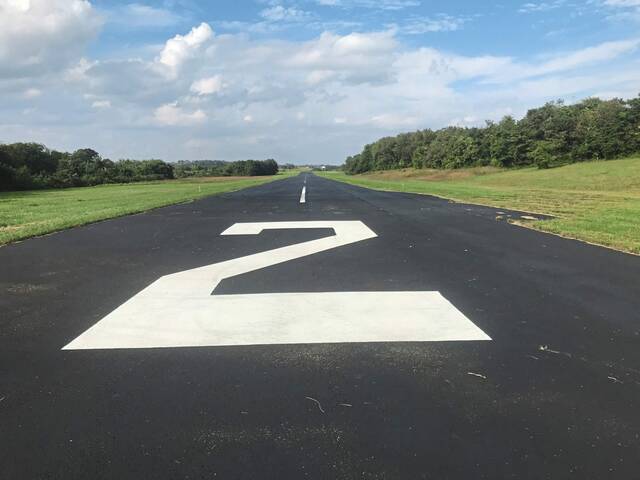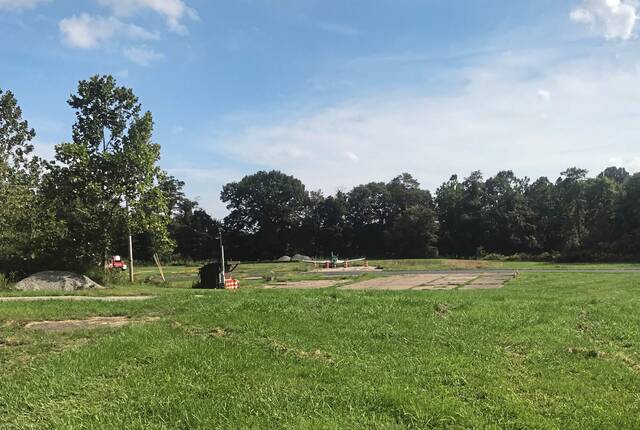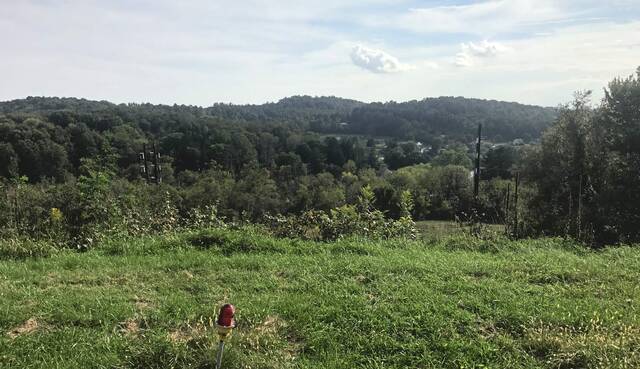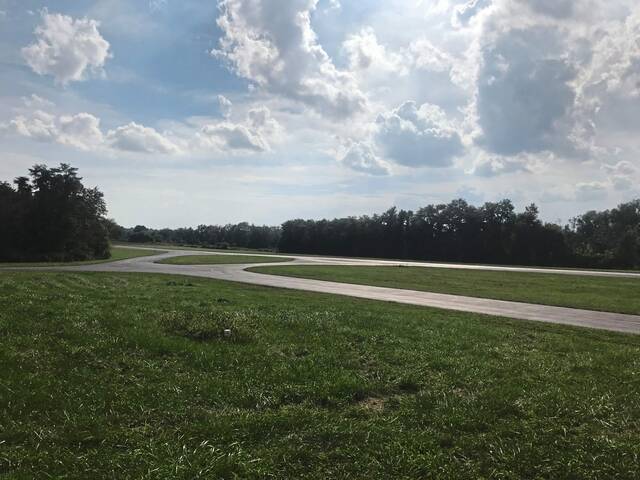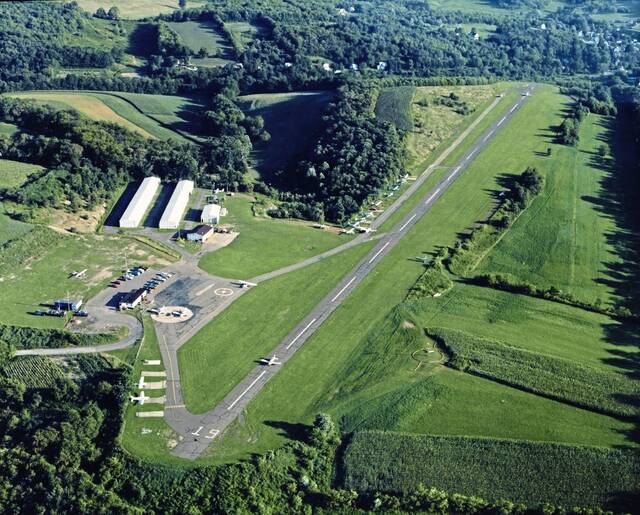Penn Township airport a ‘gem of the community’
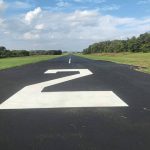
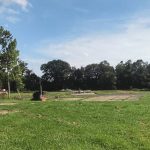

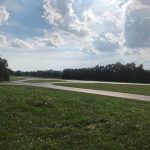
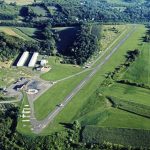
Share this post:
Sitting on a hilltop surrounded by farmland and neighborhoods is a blacktop runway spanning more than 2,600 feet in length that has adorned the plateau for several decades.
Located near the village of Boquet in Penn, the Greensburg-Jeannette Regional Airport is designated by a small sign placed along Bouquet Road. But for neighbors and those driving through the area, the facility is easily identifiable first by the low hum that gradually grows into a loud roar as small aircraft land and takeoff from the facility.
While the airport is not yet home to a fueling station or hangars, it is known among pilots, with about 50 flights taking off from the airport each week.
“It’s a gem of the community,” said Jason McCabe of Pittsburgh-based Skelly and Loy, who is working with the airport and the township to help develop the facility.
Originally established in 1969 by the Frey family, who purchased a farm and excavated the land to build a runway, the airport has been a hidden asset to the community.
Known as the Pittsburgh-Boquet Airport at the time, the site once was utilized by tenants including the L.P. Aero Plastics Company, a Penn-based company that manufactures aircraft windows and windshields, and Boquet Aero Services, which was the airport’s fixed base operator. It also served as the home base for two flying clubs and a civil air patrol squadron.
By 1992, the airport was purchased by Richard King, the current owner.
According to King, his interest in purchasing the airport peaked when he decided he wanted to learn how to fly. King first expressed an interest in flying in 1978 when he joined the Pittsburgh Flying Club. However, King, who worked in government contracting, kept getting pulled away for business.
“I figured (it’s) the only way I’m going to learn to fly, so I bought an airport to learn to fly,” King said.
Since King purchased the privately owned, public use airport, he has widened the runway from 36 feet to 50 feet and constructed a taxiway.
Several years ago, he drew up plans for the airport that include building three community hangars and several t-hangars. In addition, plans show a space for a fueling station and King hopes to one day make the airport home to a flight school.
While those plans have been in the works for years, and footers were poured for several of the proposed hangars, development was delayed after West Penn Power in 1995 notified King it intended to run a high-voltage line across the airport.
Back and forth ensued between the entities, and West Penn Power eventually moved forward with a modified plan that accommodated King’s airport. Today, two towers are located near the end of the runway right outside of the flight area. A wire that would span between the towers was buried so it did not interrupt the flight path.
However, the location of the towers has made it almost impossible for King to consider expanding his runway.
Still, as things stand, King is ready to move forward with development of the site with the help of his sister, Linda, and McCabe.
“It presents a lot of opportunities for what the airport can do,” McCabe said. “There’s a lot of studies recently, especially post-covid, that state that there is a significant economic advantage, economic component that airports bring to communities. It wasn’t always historically viewed that way.”
McCabe said officials with the township are interested in bolstering the airport given the potential economic impacts on the community. That could include upholding zoning ordinances that protect the airport and limit development in the land surrounding the facility as well as offering tax incentives.
In addition, airport officials are considering grants to help fund future projects.
“I think the township has done a lot to preserve the airport, and I think the next step is to preserve the airport and help build it. … It could really be a real good partnership, the airport and the township,” McCabe said. “There’s a lot that the township can do for the airport and vice versa.”
Linda King, Richard’s sister who lives in Reading, Mass., travels to the airport several times a year to help out with the business.
“There’s a lot of opportunity here,” she said.


